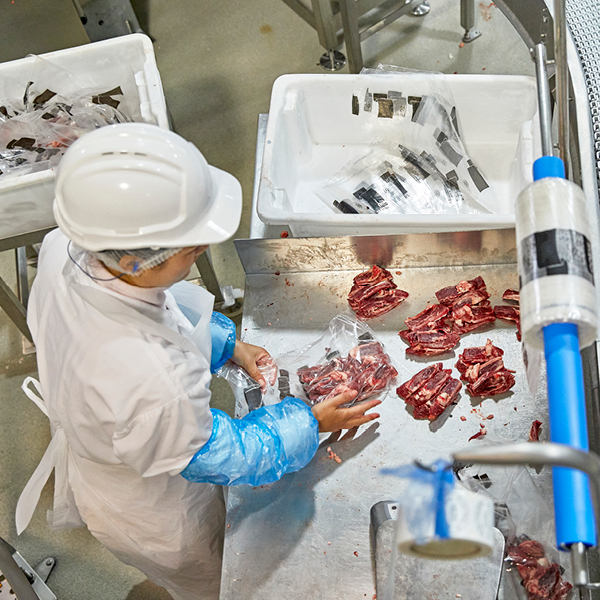Listen to the recording here:
Understanding and responding to market and consumer-driven needs is key to exceeding customer expectations and growing a more profitable red meat industry. Learn more about the innovations that are modernising our supply chains. Understand how leveraging feedback and connecting data is delivering greater industry benefits now and into the future.
Read the Q&As from the panel session:
Questions that were answered live during the webinar (please refer to recording above to hear the answers)
- Are there specific markets in which consumers are willing to pay more for quality product? (e.g. restaurant/supermarket)?
- Michael, you spoke about OM cameras and sensors in boning rooms, what’s happening with live animals and these types of tech?
- When will the new Beef Automation modules be completed, and what throughput is expected?
- ‘Upcycling’ low value cuts – is MLA looking at by-products such as alternative uses for beef hides and sheep skins?
- Interesting to see the relationship between health parameters and meat quality and impact on return. Big impact on-farm is obviously expected too. This information is collected in export abattoir for years but producers can't access and address issues on-farm. There has been talk to provide producers with health feedback but no progress. Can we still afford to continue not making the most of this information?
- Where can we find further information regarding the new donor company seeking value chain engagement? Review Current tenders.
- Are there any innovations that you can share with us around the Carbon Neutral aspect of the Red Meat 2030 goal? Tune into our second webinar, Impact through sustainability innovations.
- What affect, if any, does hybrid vigour have on eating quality characteristics?
- When are you planning on implementing the new MSA Grading system for Sheepmeat?
Questions taken on notice and answered following the webinar
- What research is being done on the impact of melting point on lamb intramuscular fat (IMF)?
- Intramuscular fat is comprised of a range of fatty acids that have individually different melting points (e.g. palmitoleic melts at 0ºC; stearic melts at 70ºC). The visual appearance of IMF can depend on this composition and the melting points. The typical range of IMF in Australian sheep is 3–7%.
Research has been conducted through the Sheep CRC and demonstrated that a change in the proportion of fatty acids, while it would influence melting point, it did not affect overall consumer acceptance of eating quality. The analysis has looked at 40 individual fatty acids and their respective impact on eating quality across 1,300 lambs.
To date, it has been found that the total IMF% is the critical trait for consumer eating quality rating and overrides any effect of individual fatty acid composition being evident in consumer sensory responses.
Additional resources:
|
Topic |
Resources |
|
Meeting customer expectations through feedback Presented by Sarah Strachan |
1. For MSA beef producers – you can access eating quality feedback now at mymsa.com.au |
|
Objective carcase measurements and automation Presented by Michael Lee
|
1. The ALMTech team contributed to a July 2021 special edition of Meat Science (leading international journal), describing Objective Measurement outcomes on red meat. |
